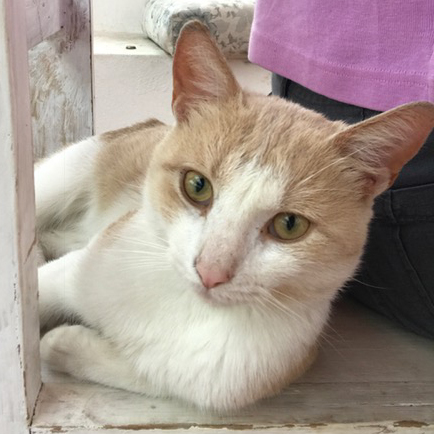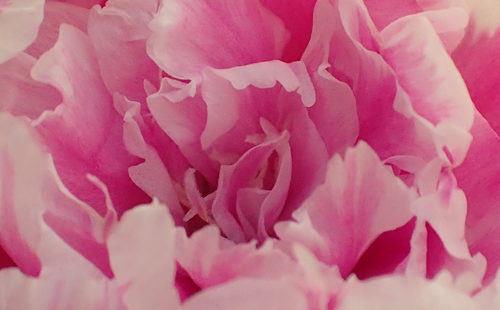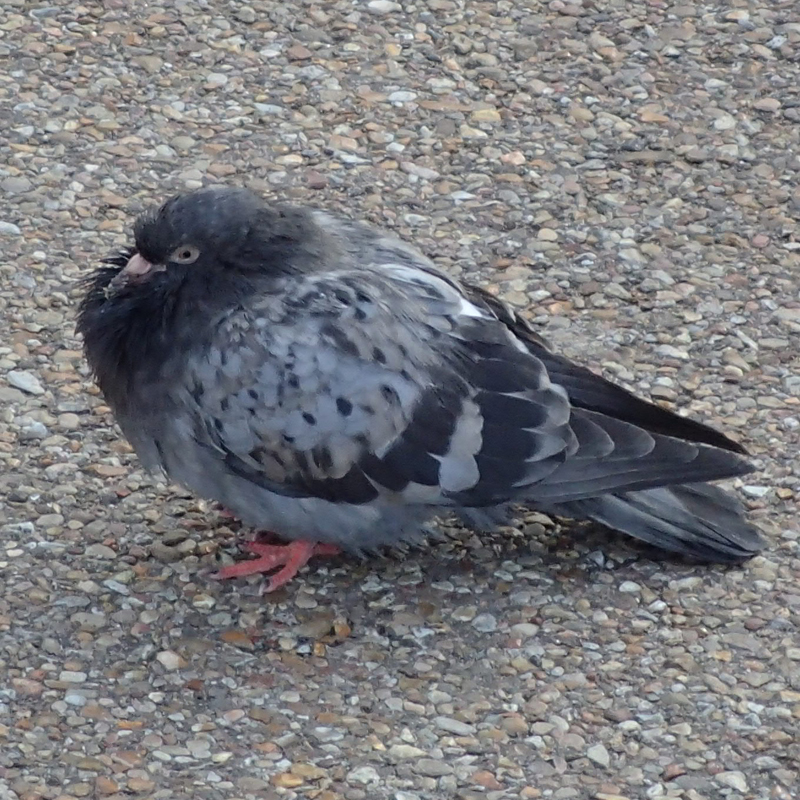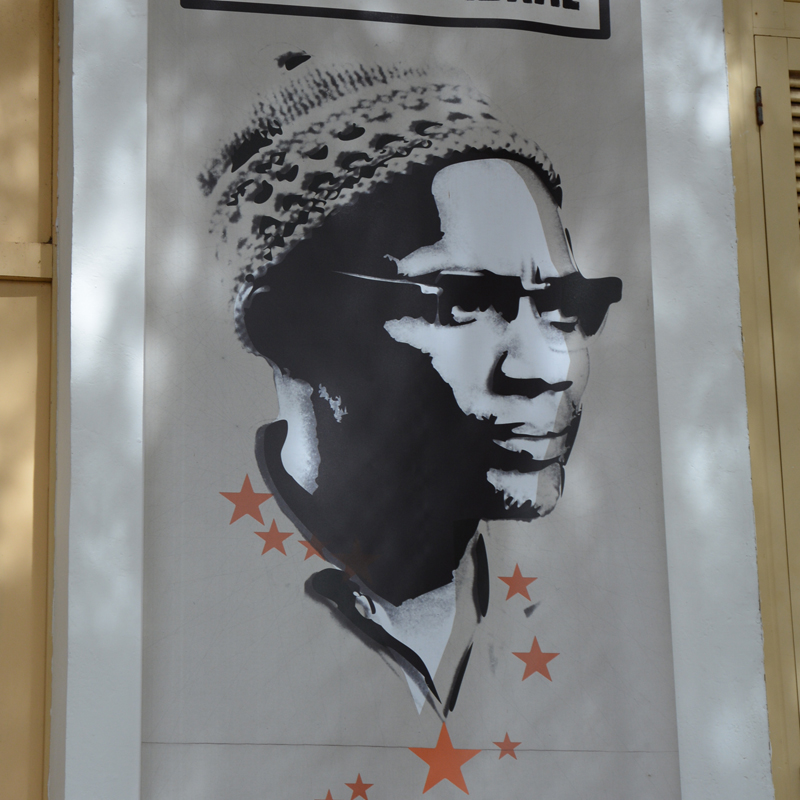
Santiago: Sunshine and history
Full photo album for Santiago.
Monday 21 – Thursday 24 November 2016.
Monday found me back at the airport for a TAP Portugal flight to Praia, Cabo Verde. The impression I got was it was worth the effort to go to London for the visa as it may have caused issues getting on the flight in Lisbon.
After a flight taking 4 hours 20 minutes we touched down in Praia, Santiago, Cabo Verde. I was aware I could get the visa at the airport but one person reported online that it could take up to 2 hours. As it was, the visa queue got through quicker than the one I was on. Do I regret changing my flights so I went to London instead of direct to Lisbon? Not really as I got to catch up with Brian, Hilary and Karen.
Here in Cape Verde English is rarely spoken with Portuguese the official language but Creole being the common spoken language. I read somewhere that French may be a third language spoken with English at a distant fourth. Although I’m told here that there is a push to learn English.
My lack of language skills has led to some communication problems, but generally we have been able to manage.
Once I had settled it was just after 3pm and the banks were closed. I wandered around the streets to investigate the general area. Hotel Praia Maria is on a pedestrian street with the market just down the street and numerous cafes and restaurants near by. There is a small museum, a tourist shop; the Presidential Palace down one end of the street and American Embassy at the other. This is the old town and is on a plateau.
Click on the photo below to see photos of Santiago
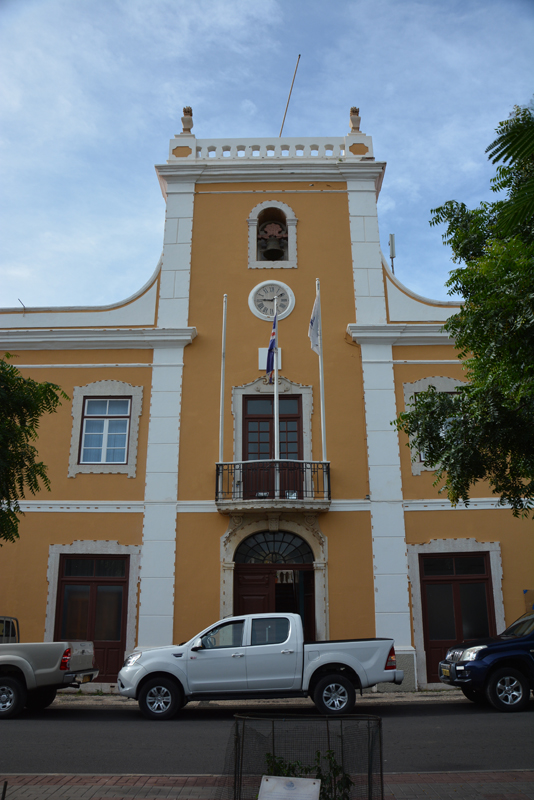 For the next couple of days I set about trying to find what I could on my Great Great Grandfather, Antonio, or about the time he was born at the library and the National Archives. The library wasn’t able to help me. I met Tony, originally from Sal, Cape Verde who now lives in USA who very generously offered to come to the National Archives with me to translate. It certainly made the task much simpler. Time will tell if anything is unearthed.
For the next couple of days I set about trying to find what I could on my Great Great Grandfather, Antonio, or about the time he was born at the library and the National Archives. The library wasn’t able to help me. I met Tony, originally from Sal, Cape Verde who now lives in USA who very generously offered to come to the National Archives with me to translate. It certainly made the task much simpler. Time will tell if anything is unearthed.
The woman there told us that if we can find Antonio’s record, it will contain a lot of information about his family etc. The issue we have is we really don’t know Antonio’s birth last name. I’m 100% convinced that he changed it either when he left Cape Verde or upon arrival in Australia. Tony noticed something interesting: the name listed in Antonio’s wedding certificate as his fathers name is either Anerseu or Arceneau. Tony thought this sounded French and would normally be a last name (or perhaps Arceneaux?). When I first showed Tony a photo of Antonio, he looked at me and asked, “Are you prepared to have slaves in your family tree?” I was for Thomas in Jamaica, but this confirmed it for Cape Verde (as much as I could have it confirmed at this stage).
Slavery was abolished in all Portuguese territories and colonies in 1869. That was around the time that Antonio arrived in Australia. I now want to see what I can find of Antonio and his family here in Australia:
- is there a record of his arrival?
- shipping information (crew or passenger)
- collect all relevant Births, Deaths, Marriages info
- census information
- locate news and reports of pioneers of Rye, Victoria
- get a DNA test to determine African ancestry
From that information I can look into what is available online or where to physically locate information overseas regarding Cape Verde and Jamaica. This will include:
- slave owners (they may have recorded their slaves as chattel)
- census information
There is a lot of work for me to do, but I’ve already started to change my thinking from ‘this is the only time I’ll get to visit here’ to ‘maybe I can come back? It would be great if I can have more clarity and return to gather more information.’
When not doing looking into my ancestry, I wandered around and explored.
The final full day in Santiago dawned for a tour around the island. Lúcia is a brilliant guide and quite an inspiring young lady. She has been head of a government department, but with the change of government earlier this year, her role is in transition. She has many social programs she has started and run as well as starting up her own business. I’m sure I’ve left stuff out. Not to mention she is multilingual and has interest to undertake a Masters program. The government of Cabo Verde has agreements with universities in other countries, including Australia.
We headed out of town, heading north to Tarrafal. By the time we got there we stopped in to have a drink to quench our thirst. After chatting some more we realised it was close to lunchtime so got that out of the way too.
One of the things I wanted to do on this trip was to connect with people. I realised that I tend to hold back – I think because in the past I have had people who either haven’t been genuine or outright lacking in truth. It makes it hard to trust. Tony, Lúcia and Silvario (from Santo Antão) are three interesting people I have met so far on this journey that have left an impression on me.
From Tarrafal we headed back towards the capital along the coast. The roads here are cobbled and wind through small villages. I’m so glad I’m not driving! It is very brave of tourists to give it a go.
Our last stop for the day was Cidade Velha.
